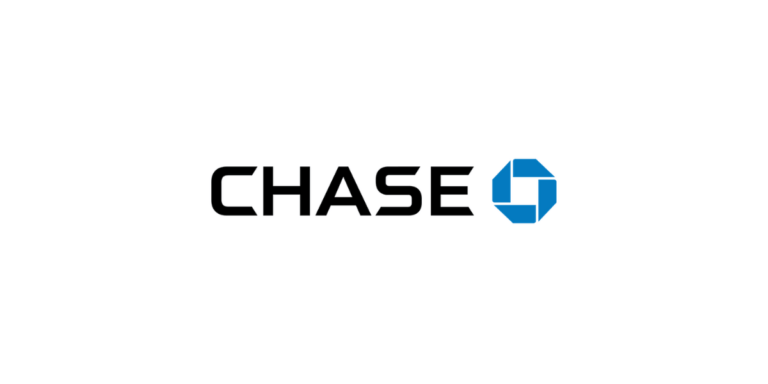
One of the first things I tell people who want to get their finances in order is to use a system. For some people, a “system” is as simple as writing down all their spending on paper. Others prefer using the power of technology to get better insight.
There are so many amazing technological advances that can help you take control of your finances. I personally advocate for systems that allow you to be more flexible with your budget and provide you with insights across different accounts. However, it can seem daunting to find the right type of technology platform.
If you’ve just started researching, you might have found recommendations for a tool called Quicken. Quicken is a personal financial management tool with a few paid upgrade options. It was one of the very first finance tools available to individuals, which is why it became so popular.
However, with a price tag that starts at over $30/year, it’s worth your time to explore other options. That’s why we’ve put together a list of the best Quicken alternatives out there. Trust me – you’re bound to find something on this list that works for you!
5 Best Alternatives to Quicken
1. Personal Capital
I’ll start with the positives. Personal Capital is free. It provides a powerful platform that gives you a real-time analysis of all your financial accounts. If you’re brand new to using a financial management platform, Personal Capital is a great place to start.
You can begin by doing your monthly budget, and once you’re comfortable, you can add on your other accounts. This is a great platform to manage spending and saving, as well as to get insight into retirement planning. If you’re further along in your financial journey, Personal Capital also offers wealth management resources for a very reasonable fee.
It’s easy to get overwhelmed looking at all the features, but Personal Capital is super user-friendly. You can get started in less than an hour, and the Personal Capital dashboard makes it easy to stay in the loop. I also love that it helps you calculate your net worth since that’s a great measure of your overall financial health.
One thing to consider is that Personal Capital is truly a personal tool. Some people have stuck with Quicken because of their ability to help manage limited small business financials alongside their personal portfolios. That said, I would recommend using Personal Capital for your personal financial management and then moving anything business-related to a separate platform, simply because the bookkeeping throughout the year will be so much smoother!
2. Mint
Shortly after software company Intuit developed Mint, they sold Quicken. As far as personal finance tools go, Mint is free, and dare I say, easier to use than Quicken. Mint is one of the most robust tools on the market for flexible budgeting, which is fantastic if you have highly variable income or irregular spending habits. Mint also offers a dashboard view so you can get a pulse on the status of all your financial accounts in one place.
If you’re a budgeting beginner, Mint is a great tool to get you started. It analyzes your spending and suggests budget amounts from month to month. Additionally, Mint can help you set goals and timelines for your goals to help keep you accountable.
One last perk of Mint that’s worth mentioning is their credit monitoring. Mint users can get monthly updates on their credit score for free. This is awesome if you’re working toward a goal of repairing or increasing your credit score.
3. Everydollar
If you’re a Dave Ramsey fan, then you’ve probably already heard of Everydollar. Everydollar is an easy-to-use budgeting app developed by the Dave Ramsey team that follows his seven key financial principles.
The free version of this app is the bare bones that you need to track your spending and saving each month. If you’ve been using a spreadsheet or a checking balance book to track your expenses, this is the replacement you’re looking for.
Also Read: Dave Ramsey’s Baby Steps: Is It Your Path to Financial Freedom?
One of the reasons I hesitate to recommend Everydollar is that you have to use their paid version to link your bank accounts to the app. The free version supports only manual entry of each and every transaction – which for most people is very time-consuming. Nearly every other financial management tool on the market links to accounts for free. But if you’re on a cash envelope system, then manual is your only choice anyway. Plus, Everydollar lacks the robust analysis tools that many other tools have.
If you’re looking for simplicity, Everydollar will deliver. But if you want more insights and goal tracking, you’ll want to use a different tool.
4. Tiller
Tiller is a financial management tool that’s built around Google Sheets. If you use Google Sheets already for your personal or small business finances, then this is a great choice for you! Rather than using an app, Tiller pulls your financial information daily and updates it within a suite of Google Sheets for you. This gives you a unique ability to customize your financial views for how you think about and manage your money.
When it comes to personal money management, Tiller is the best option for someone who wants to be hands-on with developing reports and spreadsheets. If you want a tool that’s really simple and can give you a quick update from your smartphone, Tiller may be too robust for your needs. But if you want an alternative to Quicken that will serve your freelance or small business needs, Tiller is probably the best option out there.
As far as pricing, Tiller costs $59/year. This is slightly more than Quicken, but because of the integration with Google, most small business users will find it more useful.
5. Trim
Trim is a unique personal finance management app. Instead of being designed around budget tracking, Trim is designed around achieving your financial goals. Similar to other tools, the free version of Trim allows you to sync your accounts and see a financial analysis within a dashboard.
One of the best free features of Trim is that it automatically helps you find money-draining subscriptions you might have forgotten about, and help you cancel them to save more money!
As far as achieving your goals, Trim has both free and paid features to help you get there. For example, their Bill Negotiation feature can help you get reduced rates on common items like your cell phone or internet service. They take a small cut of the amount they save you, which is a win-win for both you and Trim.
They also have a simple savings program where you can set up automatic transfers to a savings account that earns up to 1.5% interest. This makes Trim work more like a financial personal assistant than just a monitoring tool.
So Which of These Alternatives to Quicken Should You Use?
There’s no one-size-fits-all financial management tool. Each tool has its own strengths and drawbacks. You really can’t go wrong with any of the systems on this list. So if any of these tools sound like something that meets your needs, don’t wait to try it! After all, the sooner you find the right tool for you, the sooner you’ll be able to achieve your goals.



